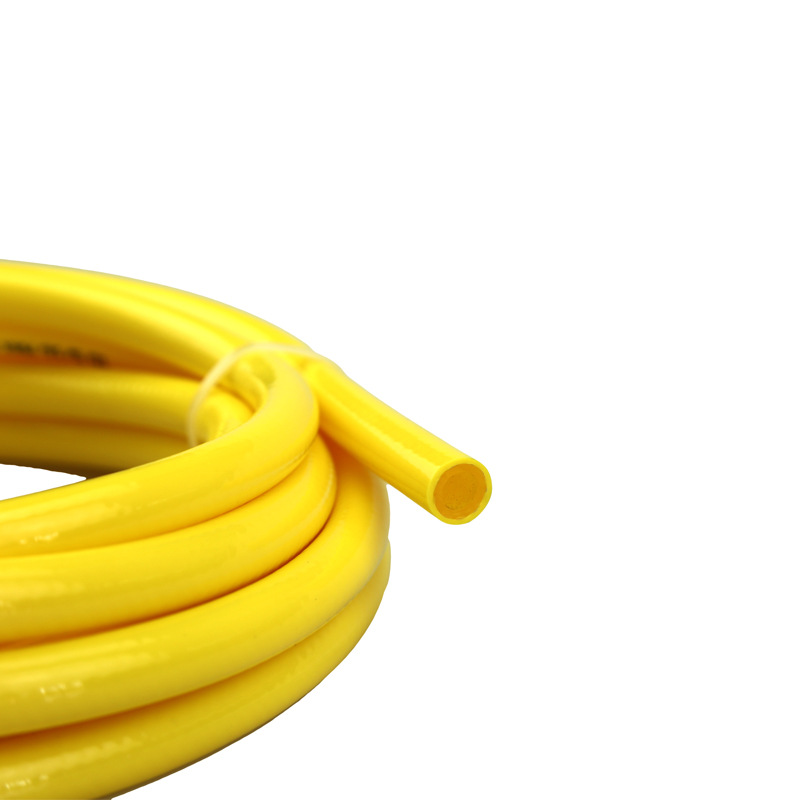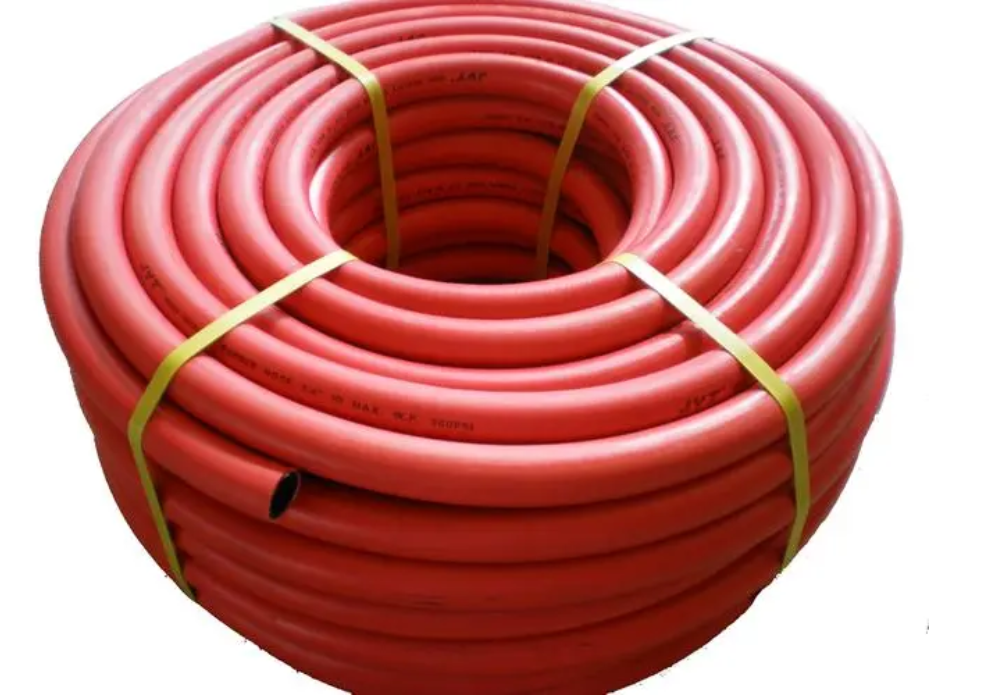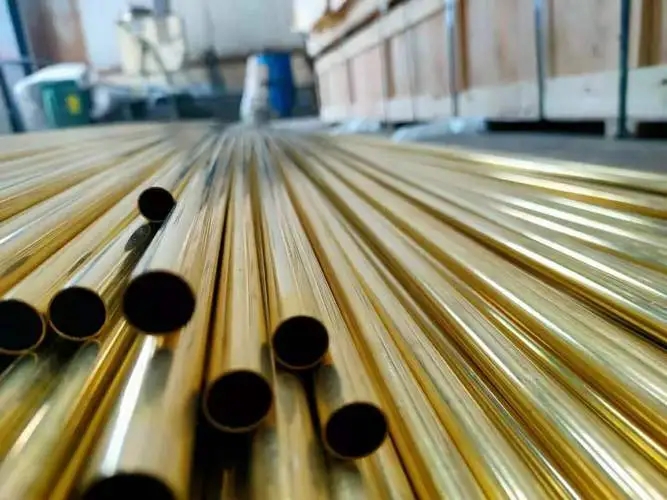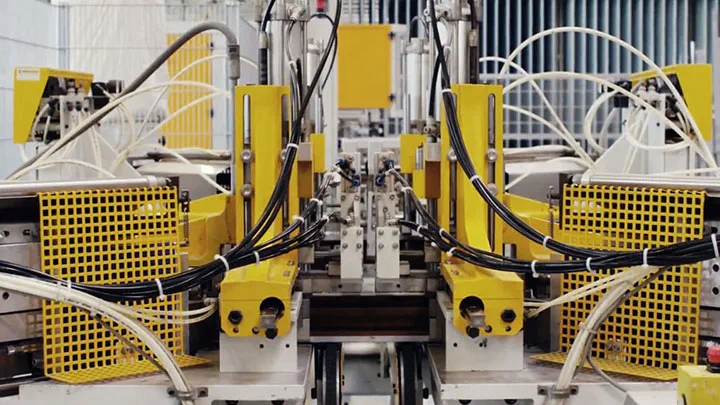I. Introduction
Pneumatic tubings are an essential component in various industries such as manufacturing, automotive, and construction. These tubings are used to transport compressed air and other gases from one point to another. Pneumatic tubings are known for their durability, flexibility, and resistance to high pressure and temperature.
Choosing the right pneumatic tubing for a specific application can be a daunting task for you. With so many types of pneumatic tubings available in the market, it can be challenging to determine which one is the best fit for a particular application. This is where a guide comes in handy.
A guide for pneumatic tubings can help you understand the different types of tubings available and their properties. It can also provide guidance on the factors to consider when selecting the right tubing for an application, such as pressure rating, temperature range, flexibility, and chemical resistance.
In this article, we will provide a comprehensive guide for pneumatic tubings. We will discuss the different types of tubings available, the factors to consider when choosing the right tubing, and guidelines for installation and maintenance. By the end of this article, readers will have a better understanding of pneumatic tubings and how to choose the right one for their application.
II. Types of Pneumatic Tubings
There are several types of pneumatic tubings available in the market, each with its own unique properties and advantages. The most common types of tubings include polyurethane, nylon, PVC, and rubber etc.
Polyurethane Tubing
Polyurethane tubing is known for its flexibility and resistance to kinking. It is also resistant to abrasion, making it an ideal choice for applications that involve constant movement. Polyurethane tubing is available in different colors, which can help users differentiate between different air lines.

Polyethylene Tubing
Polyethylene tubing is a cost-effective option for low-pressure applications. It is lightweight, flexible, and easy to handle, making it suitable for use in a variety of applications.

Nylon tubing
Nylon tubing is known for its strength and durability. It has a high pressure rating and can withstand a wide range of temperatures. Nylon tubing is also resistant to chemicals and abrasion, making it suitable for harsh environments. It is available in different sizes and colors.

PVC tubing
PVC tubing is a cost-effective option for applications that do not require high pressure or temperature. It is lightweight and easy to handle, making it suitable for applications that involve frequent movement. PVC tubing is available in different sizes and colors.

Rubber tubing
Rubber tubing is known for its flexibility and resistance to high temperatures. It is also resistant to chemicals and abrasion, making it suitable for harsh environments. Rubber tubing is available in different sizes and colors.

Fluoropolymer Tubing
Fluoropolymer tubing, also known as PTFE tubing, is known for its chemical resistance and high-temperature tolerance. It is suitable for use with aggressive chemicals and in applications that involve high temperatures.

Acetal Tubing
Acetal tubing is known for its strength, durability, and resistance to chemicals. It is suitable for use in harsh environments and is commonly used in the automotive industry.

Polycarbonate Tubing
Polycarbonate tubing is known for its strength and durability. It is suitable for high-pressure applications and is commonly used in pneumatic systems.

PEEK Tubing
PEEK tubing is known for its strength, durability, and resistance to chemicals. It is suitable for use in harsh environments and is commonly used in the aerospace and medical industries.

Stainless Steel Tubing
Stainless steel tubing is known for its strength, durability, and resistance to corrosion. It is suitable for high-pressure and high-temperature applications, making it ideal for use in harsh environments.

Teflon Tubing
Teflon tubing is known for its chemical resistance and high-temperature tolerance. It is suitable for use with aggressive chemicals and in applications that involve high temperatures.

Copper Tubing
Copper tubing is a cost-effective option for low-pressure applications. It is easy to bend and shape, making it suitable for use in tight spaces.

Aluminum Tubing
Aluminum tubing is lightweight and easy to handle. It is suitable for low-pressure applications and is commonly used in the automotive industry.

Brass Tubing
Brass tubing is known for its strength and durability. It is suitable for high-pressure applications and is commonly used in pneumatic systems.

Each type of pneumatic tubing has its own unique properties and advantages. By understanding the different types of tubings available, users can choose the right tubing for their specific application.
III. Factors to Consider when Choosing Pneumatic Tubings
When selecting pneumatic tubings, there are several important factors that should be considered. These factors include pressure rating, temperature range, flexibility, and chemical resistance.
Pressure Rating: The pressure rating of a tubing refers to the maximum pressure that the tubing can handle. It is important to choose a tubing with a pressure rating that is suitable for the application. Using a tubing with a lower pressure rating can result in leaks and other problems.
Temperature Range: The temperature range of a tubing refers to the minimum and maximum temperatures that the tubing can withstand. It is important to choose a tubing with a temperature range that is suitable for the application. Using a tubing with a lower temperature range can result in cracking and other problems.
Flexibility: The flexibility of a tubing refers to how easily it can be bent and shaped. It is important to choose a tubing with the right level of flexibility for the application. Using a tubing that is too rigid can result in kinking and other problems.
Chemical Resistance: The chemical resistance of a tubing refers to how well it can withstand exposure to different chemicals. It is important to choose a tubing that is resistant to the chemicals used in the application. Using a tubing that is not resistant to the chemicals can result in degradation and other problems.
Examples of different applications and the recommended tubing for each application include:
Manufacturing:
- Polyurethane tubing is recommended for applications that involve constant movement, as it is flexible and resistant to kinking.
- Nylon tubing is suitable for harsh environments, as it is strong and durable.

Automotive:
- PVC tubing is a cost-effective option for low-pressure applications, as it is lightweight and easy to handle.
- Rubber tubing is suitable for high-temperature applications, as it is flexible and can withstand heat.

Construction:
- Stainless steel tubing is ideal for use in harsh environments, as it is strong, durable, and resistant to corrosion.
- Copper tubing is suitable for low-pressure applications, as it is easy to bend and shape.
Medical:
- PEEK tubing is suitable for medical applications, as it is strong, durable, and resistant to chemicals.
- Fluoropolymer tubing is also suitable for medical applications, as it is resistant to chemicals and high temperatures.

Aerospace:
- Aluminum tubing is lightweight and suitable for low-pressure applications, making it ideal for use in aerospace.
- Polycarbonate tubing is strong and durable, making it suitable for high-pressure applications in aerospace.

IV. Installation and Maintenance of Pneumatic Tubings
Proper installation and maintenance of pneumatic tubings are crucial to ensure their optimal performance and longevity. Here are some guidelines for the proper installation and maintenance of pneumatic tubings:
Cutting: When cutting a tubing, it is important to use a sharp cutter to ensure a clean cut. A jagged cut can cause leaks and other problems.
Bending: When bending a plastic tubing, it is important to use a bending tool to ensure a smooth bend. Bending a tubing by hand can cause kinking and other problems.
Securing: When securing a tubing, it is important to use the right type of fittings and clamps. Using the wrong type of fittings and clamps can cause leaks and other problems.
Regular Inspection: It is important to inspect pneumatic tubings regularly for signs of wear and damage. Signs of wear and damage include cracks, kinks, and leaks. Regular inspection can help identify problems before they become serious.
Replacement: It is important to replace worn or damaged pneumatic tubings promptly. Using worn or damaged tubings can cause leaks and other problems.
Proper installation and maintenance of pneumatic tubings are crucial to ensure their optimal performance and longevity.
V. Conclusion
In conclusion,
pneumatic tubings are an essential component in various industries, and choosing the right tubing for a specific application is crucial for optimal performance and longevity.
By understanding the properties and advantages of each type of tubing and the factors to consider when selecting the right tubing, users can choose the best tubing for their specific application. Proper installation and maintenance of pneumatic tubings are also crucial to ensure their safe and efficient operation.
For more information, please contact us.


